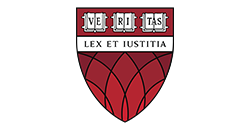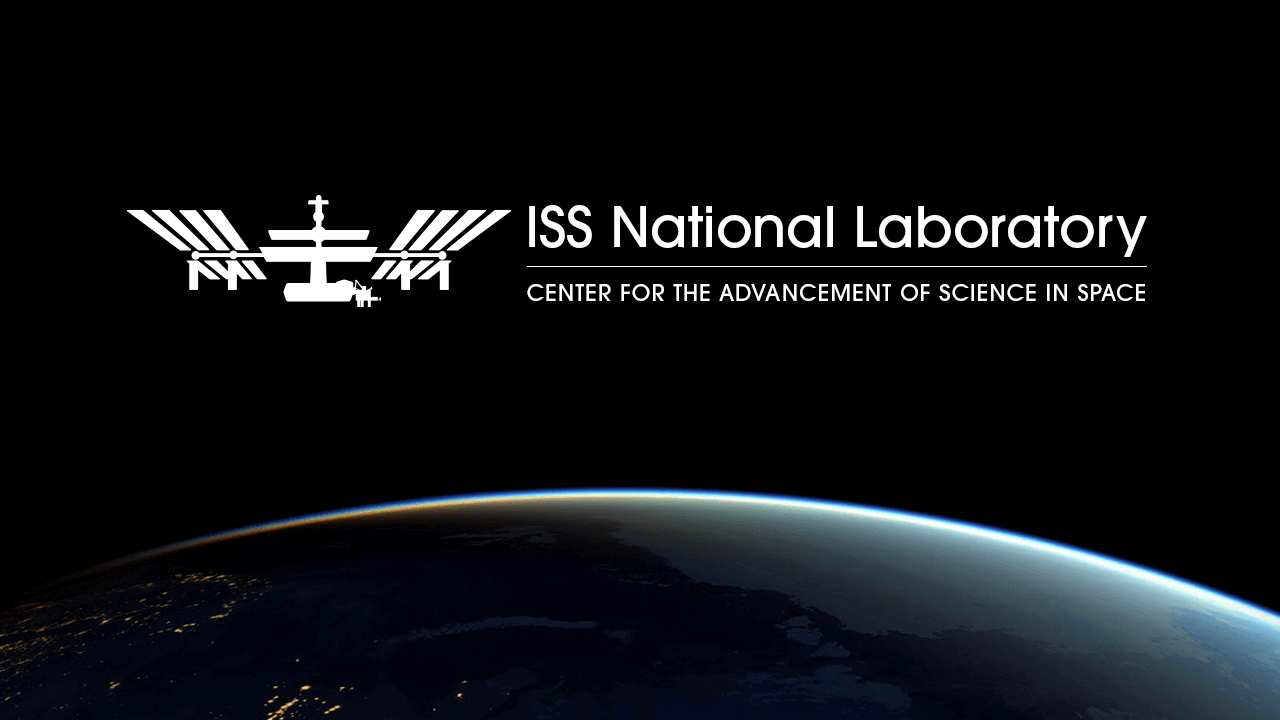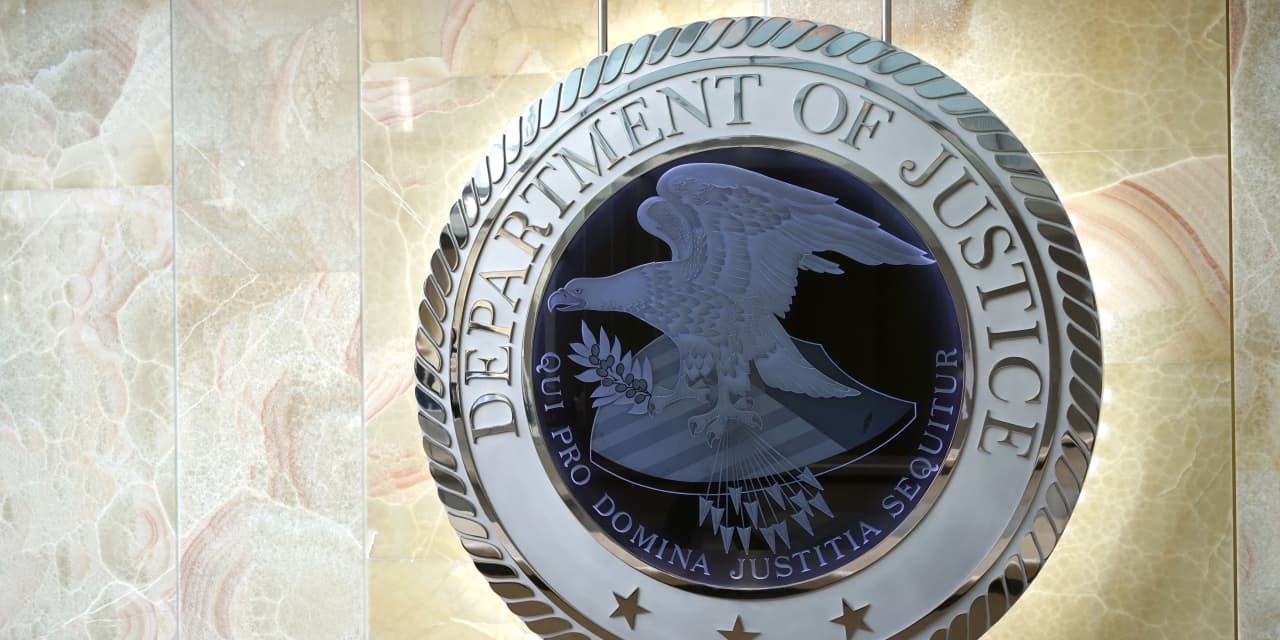[ad_1]
Key Points
- Four recent cases illustrate circumstances that may expose a deal to challenge because of a conflict of interest, and the ways a board or special committee may help insulate a deal process from someone with a potential conflict.
- There are no hard and fast rules to apply where there is a potential conflict because the factual backgrounds and relationships in strategic corporate transactions are always highly complex, and there is no “perfect” deal process ordained by the courts.
Sometimes when a board is considering a strategic transaction, it may find that a key figure who can influence the deal process — for example, a founder, controller or CEO-negotiator — has a potential conflict of interest. They may be on both sides of the deal, or they may simply have personal motivations and interests that are not shared by all stockholders. Such conflicts can arise on either the buy- or sell-side.
In this situation, it will fall to the board or a special committee to find the best way to address any conflict. Each situation comes with its own set of facts, so there are no all-purpose rules that apply in every case. But four recent Delaware decisions scrutinized deal processes that were challenged by stockholders because influential figures, negotiators or other fiduciaries involved in the process had conflicts. These rulings offer examples both of behavior that could be cast in an unfavorable light if a deal is challenged, and approaches boards have taken that courts found were helpful to insulate the conflicted person and preserve the integrity of the deal process.
A deal process need not be “pitch perfect,” the Delaware Supreme Court stressed in one of the cases. Examining the facts of the four cases suggests what actions courts may find in-tune or off-key.
Factors the Courts Viewed Disfavorably
CEO Directing the Sale Process Was Set on One Buyer
- When the take-private of Mindbody was challenged by stockholders, the court described how a private equity firm groomed the seller’s CEO to favor a deal with it. For example, the buyer invited the CEO to a conference it sponsored to prospect for acquisition targets where it emphasized how officers of companies it acquired could become very wealthy post-acquisition. Enamored with the prospective buyer, the CEO told it that he was looking for a “good home” for his company and its management team.
- The court highlighted that the CEO rejected bidders that he disliked for personal reasons and signaled a lack of interest in competing offers by going on vacation during the go-shop process, telling management to decline presentations in his absence unless they were “urgent.” He also adjusted his company’s revenue guidance downward to depress the stock price and make a deal more attractive for his preferred buyer.
- The court took issue with the CEO’s outsized role throughout the deal process and noted that the seller should have taken time to develop alternatives to promote competition and ensure a value-maximizing process.
Negotiator’s Experience Level and Personality
- When TransCanada purchased Columbia Pipeline and the target’s stockholders challenged the deal, the court noted that both Columbia’s CEO and CFO hoped to retire early and, from the outset, sought to arrange a sale that would trigger change-of-control benefits for themselves.
- The court also detailed the missteps of the CFO, who was appointed to lead the sale process despite the fact that he had never had a major role in an M&A negotiation. During one early meeting with the eventual buyer, the CFO handed over his talking points about the deal price and timing. He also arranged one-on-one meetings with Columbia directors, which he used to manipulate the flow of information and steer the directors individually toward his desired result.
- The court said that qualities that may be laudable in other contexts can be undesirable during the deal process. For example, in Columbia Pipeline’s case, the “trusting, team-oriented, and transparent” CFO who lacked “guile” and a “poker face” created vulnerabilities and undercut his company’s negotiating leverage.
- By contrast, in the Tesla-Solar City decision discussed below, the court praised the board for vesting negotiating power in an indisputably independent director who exercised mastery over the negotiations.
Interactions With Counterparties
- In both the Mindbody and Columbia Pipeline cases, the court reprimanded the negotiators for ignoring communication guidelines set by their boards. For example, the negotiators privately tipped their preferred counterparties (directly and through their bankers) about their companies’ target price and their personal motivations for a sale.
- The Mindbody court also criticized the CEO for permitting the company’s banker to facilitate a connection for him with the potential private equity buyer before the formal sale process had begun and without board authorization.
Counterparty’s Role Aiding and Abetting Conflicts
While the conflicts in the Mindbody and Columbia deals arose on the target side, in both cases the courts found the buyers — the counterparties — liable for damages as well because they took advantage of those conflicts.
- The Columbia Pipeline and Mindbody decisions chastised the buyers for inducing the sellers’ conflicted negotiators to act against the interests of their stockholders by, for example, revealing inside information, including before due diligence, so that the buyers could move more quickly than other potential bidders.
- The Columbia court further admonished the executive who led negotiations for TransCanada for persistently violating Columbia’s process boundaries, including standstill agreements, no-teaming agreements and prohibitions on unsupervised contacts with management.
- The court also criticized him for exploiting the conflicts of interest on the seller’s side by reneging on an agreement in principle and then “ambushing” the seller with a lower bid, coupled with a coercive and false threat to publicly disclose that negotiations had ended, knowing the seller was by then wedded to making a deal happen.
- The court also held that TransCanada’s lead negotiator manipulated his relationship with Columbia’s lead negotiator by drawing on their past professional friendship and creating the impression that they were working together as partners behind the scenes.
- In the Mindbody and Columbia Pipeline cases, the courts also faulted the buyers for failing to correct misstatements or omissions in the sellers’ proxy statements. In both cases, the buyers were contractually obligated to do so.
Factors the Courts Viewed Favorably
An Independent Board or Special Committee Making Its Own Decisions in the Best Interests of the Company
- When Tesla considered buying Solar City, Tesla’s founder, who was presumed to control the company, also held a stake in Solar City and was therefore on both sides of the transaction. The court questioned the founder’s involvement, which included making overtures to Tesla’s board about the transaction, directing management to prepare presentations about the transaction, and participating in board meetings about the transaction.
- Notwithstanding those facts, the court found that the Tesla board was not coerced on the timing or terms of an offer, or how long to spend on due diligence. The board proved itself willing to vigorously debate assumptions and oppose the conflicted director’s wishes.
- Similarly, when Oracle purchased a company co-founded by Oracle’s founder, former CEO and largest shareholder, and on whose board he served, the court rejected a challenge to the deal. There the special committee implemented “rules of recusal” that prohibited the founder from discussing the transaction with anyone but the special committee, required employees who were involved in assessing the transaction to be informed of the recusal, and forbade officers and other employees from participating in the negotiation process absent the special committee’s direction.
- In contrast to the Mindbody situation, the court in Oracle praised the special committee’s willingness to let the deal die if it was not in the company’s best interests.
Helpful Independent Financial Advisors
- The courts in the Tesla, Oracle and Columbia Pipeline cases praised the boards or special committees for selecting top-tier financial advisors without longstanding relationships or conflicts with their companies or counterparties.
- In the Tesla case, the court positively noted that, during due diligence, the company’s banker investigated the seller’s financial state, had discussions with the seller’s financial advisor, adjusted the focus of its work as concerns arose, reran analyses as needed, and kept the board apprised of new developments. The court also noted that, in response to information discovered during due diligence, the board lowered the offer price.
- In the Mindbody decision, the court applauded the company’s banker for sharing its knowledge about the buyer, including its modus operandi and associated risks, but said that the company’s CEO ignored that information.
In Sum
In sum, Delaware courts have long held that a deal process does not have to be perfect and there is no one-size-fits-all blueprint. The facts and circumstances of each deal process will be considered and any one of the potentially problematic issues described above alone may not be enough to doom the process. But these cases should help directors understand what circumstances may taint a deal process and, on the other hand, what guardrails they may want to consider to protect the integrity of a deal process.
Endnotes
1Skadden advised Oracle’s special committee.(go back)
[ad_2]
Source link




